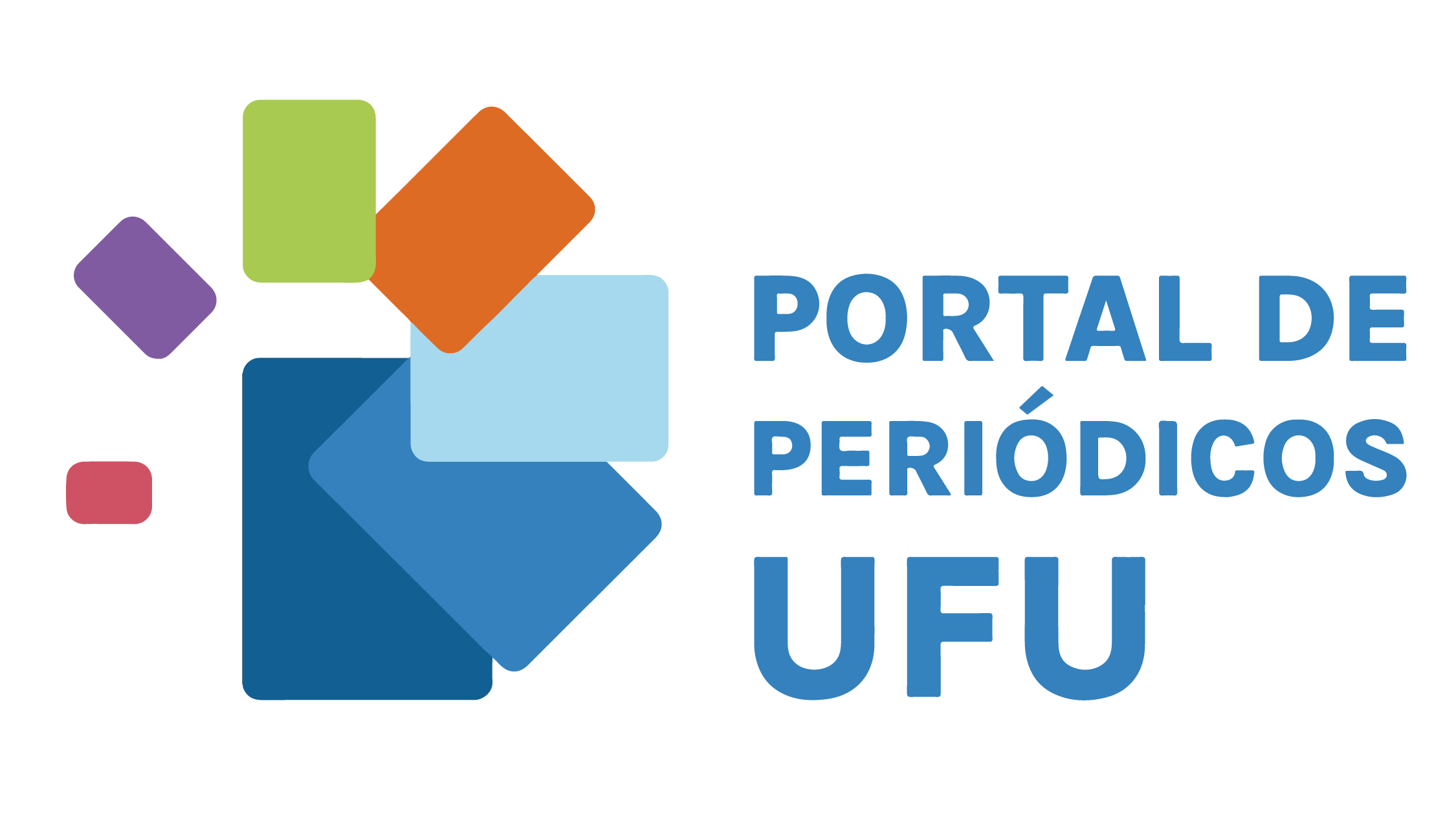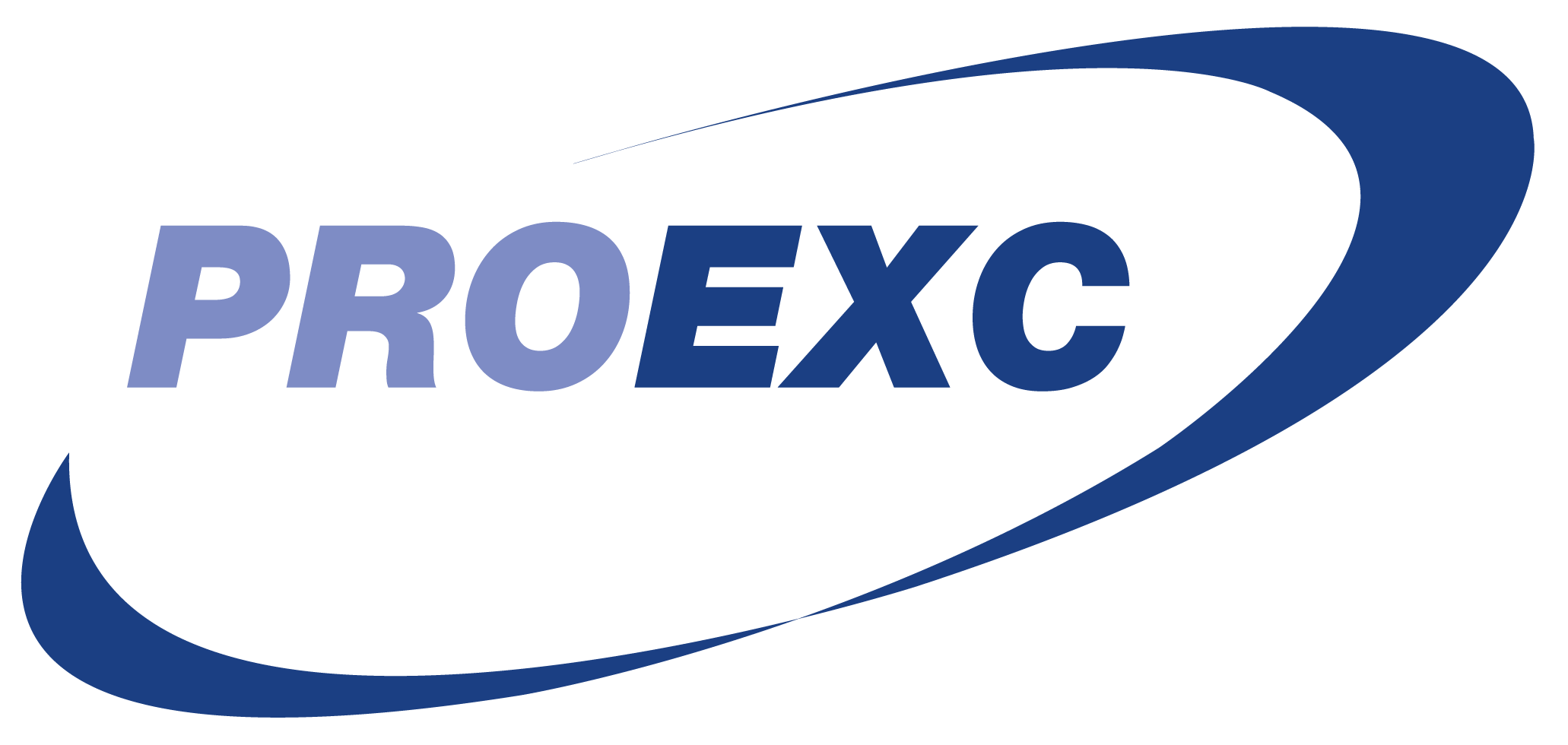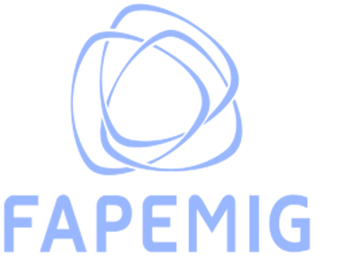Programação e robótica
uma ferramenta de inclusão tecnológica
DOI:
https://doi.org/10.14393/REE-v19n12020-52197Palavras-chave:
Educação, Tecnologia, Programação, RobóticaResumo
O uso de sistemas robóticos no mundo moderno é crescente, pois permite desenvolver com eficiência e precisão tarefas complexas e até mesmo impossíveis para o ser humano. Ademais um sistema robótico é multidisciplinar com constante evolução, pois envolve diferentes áreas tecnológicas e de engenharias. Com o intuito de proporcionar um cenário de inclusão tecnológica, o projeto de extensão “Programação e Robótica da Universidade Católica Dom Bosco” tem por objetivo despertar o interesse nas áreas tecnológicas nos ensinos fundamental e médio. Para isso, proporciona aulas teóricas e práticas, há mais de 10 anos, em parceria com escolas públicas e particulares, desenvolvendo atividades de ensino e experimentos que disponibilizam na prática conceitos clássicos de engenharia, física, inglês, interpretação de texto, matemática e tecnologia da informação por meio de kits LEGO e linguagens de programação. Durante sua trajetória, o projeto alcançou mais de 1.000 estudantes de forma direta e indireta, auxiliando-os em escolhas profissionais e proporcionando oportunidades únicas, pois o ensino como este só é possível em escolas especializadas com custo relativamente inacessível. Com a disponibilidade de forma gratuita, o projeto atende a todos os estudantes de ensino fundamental e médio do município de Campo Grande, Mato Grosso do Sul.
Downloads
Referências
ALMEIDA, M. E. Proinfo: informática e formação de professores. Brasília, DF: Ministério da Educação, 2000.
CARVALHO, A. M. P. de. et al. Ciências no ensino fundamental: o conhecimento físico. São Paulo: Scipione, 2005.
FRANCISCO JUNIOR, N. M.; VASQUES, C. K.; FRANCISCO, T. H. A. Robótica educacional e a produção científica na base de dados da capes. Revista Electrónica De Investigación Y Docencia (REID), Jaén, n. 4, p. 35-53, jul. 2010. Disponível em: https://revistaselectronicas.ujaen.es/index.php/reid/article/view/1044. Acesso em: 30 out. 2019.
GOOGLE CLASSROOM. Disponível em: https://classroom.google.com/. Acesso em: 10 abr. 2020.
KENSKI, V. M. Aprendizagem mediada pela tecnologia. Diálogo Educacional, Curitiba, v. 4, n. 10, p. 1-10, set. 2003. Doi: 10.7213/rde.v4i10.6419.
KENSKI, V. M Educação e tecnologias: o novo ritmo da informação. 3. ed. Campinas, SP: Papirus, 2007.
LÉVY, P. A inteligência coletiva: por uma antropologia do ciberespaço. 3. ed. São Paulo, SP: Loyola, 1998.
MANZANO, J. A. N. G.; OLIVEIRA, J. F. de. Algoritmos: lógica para desenvolvimento de programação de computadores. 28. ed. São Paulo, SP: Érica, 2016.
MATARIC, M. J.; KOENIG, N.; FEIL-SEIFER, D. Materials for enabling hands-on robotics and stem education. Disponível em: https://www.aaai.org/Papers/Symposia/Spring/2007/SS-07-09/SS07-09-022.pdf. Acesso em: 30 out. 2019.
OBI – OLIMPÍADA BRASILEIRA DE INFORMÁTICA. Disponível em: https://olimpiada.ic.unicamp.br/. Acesso em: 11 abr. 2020.
OBR – OLIMPÍADA BRASILEIRA DE ROBÓTICA. Disponível em: http://www.obr.org.br/. Acesso em: 11 abr. 2020.
Downloads
Publicado
Edição
Seção
Licença
Ao publicarem nesta revista, os autores concordam em manter os direitos autorais e concedem à revista o direito de primeira publicação, com o trabalho simultaneamente licenciado sob a licença Creative Commons Atribuição-NãoComercial-SemDerivações 4.0 Internacional.




